History of the project
On the left bank of the south of the Rhône river (in France), between the cities of Tarascon and Arles, a railway embankment has performed for many years as a flood protection structure although it was not a role falling under its owner (the French National Railway company) responsibility. In December 2003, because of breaches in appurtenant embankments, the north of the city of Arles was flooded for many weeks.

Fig. 1: breaches on appurtenant embankments in 2003
In the aftermath of this centennial flood, the State and local authorities have put in place a vast flood prevention plan at the scale of the catchment area, called Plan Rhône, which notably provides for the complete renovation of the levees of the Rhône Delta over 20 years. Among this ambitious program, was decided the creation of a levee resistant to overtopping up to the 100 year flood, parallel to the railway embankment, and the creation of 10 openings (concrete structures) in the railway in order for it to be “hydraulically transparent” (see Fig. 2). This segment of levee and the reinforcement of the rest of the system against all other deterioration and failure mechanisms allows the whole levee system to withstand floods up to the 1000 year with a 50 cm margin (the crest level of the levees not-resistant to overtopping). Floods above the protection level (100 year) will flood the protected area in a controlled way and with many times less water volume and speed than any previous scenario with the same probability (see Fig. 3). A second line levee will prevent the flood going over the new levee to reach the densely inhabited suburbs of Arles.

Fig. 2: schematics of. the future overtopping resistant levee and the railway embankment with the transparency structures

Fig. 3: compared modelled consequences of the historic flood (1856 – 250 years event) before and after the project (Source: SYMADREM)
References on the design of the system: Cheetham, M., Mallet, T., Chastel, E., Tourment R., Robustelli, P., Pelt, P., - - 2015. Building a resilient system of defence against flooding from the Rhône. Proceedings of the Institution of Civil Engineers-Water Management, vol. 168, n° 2, p. 74-84 Cheetham, M., Tourment, R., Pelt, P. - 2016. Risk assessment and economic appraisal of protection methods for the Tarascon-Arles railway embankment. 3rd European Conference on Flood Risk Management FLOODrisk 2016 17/10/2016-21/10/2016, Lyon, FRA. E3S Web Conf. Volume 7, 2016. 3rd European Conference on Flood Risk Management (FLOODrisk 2016). 8 p.
Summer 2019
During the summer of 2019, over two periods of barely more than 48 hours, five out of the ten opening structures(like the one in figure 4) were put in place in the railway embankment. The planning of these operations started years in advance, as it involved the disruption of the rail traffic on a major line of train transport for both passengers and goods. The five other ones are being constructed now at a short distance along on the side of the railway embankment and will be put in place during the summer of 2020. During each of these sequences of non-stop operation, the following steps have to be successively completed:
- Cutting the rails
- Creating an opening in the embankment (Fig.5),
- Adding a layer of material to support the structure,
- Moving the concrete structure in its final place and checking its proper placement (Fig. 6), as well as smaller parts on each side, also prefabricated (Fig. 7),
- Filling the space between the embankment and the concrete with new embankment and compacting it (Fig. 8)
- Adding railway ballast
- Repairing the rail line and setting it to ensure its performance (Fig.9)
The hazard of a flood happening during these crucial phases was considered and measures were taken to minimize the risks, including being able to close the embankment openings in case of a flood not foreseen when the operation started.
The openings are temporarily closed until the new levee is completely built, in order to keep ensuring the current protection level (Fig. 10). Afterwards stilling basins can be added (Fig. 11)
Marseille 2021 ICOLD Congress
During the Marseille 2021 ICOLD congress, one of the field trips will be organised in this area and the whole complex system will be presented: overtopping resistant levee, opening structures, second line of defence and flood water management.

Fig. 4: one of the opening structures and the equipment used to move it

Fig. 5: open railway embankment

Fig. 6: moving the structure and controlling its placement
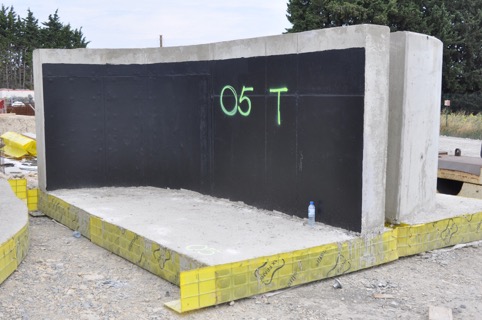
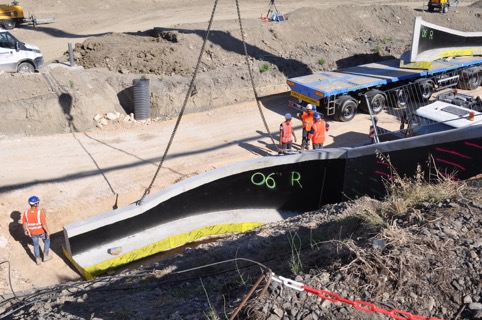
Fig. 7a & 7b: additional prefabricated concrete structures for the bottom of the slopes of the embankment
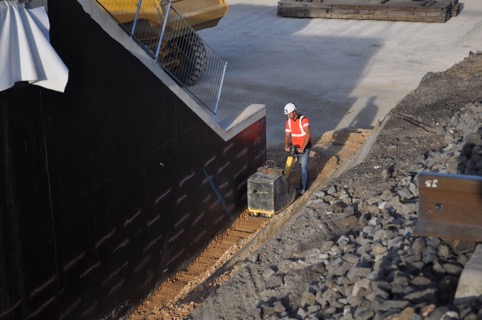
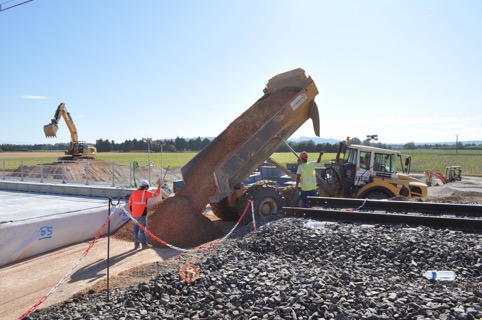

Fig. 8a, 8b & 8c: placing and compacting the new material between the existing embankment and the concrete structure

Fig. 9: the specific engine in charge of placing the railway ballast in order to ensure performance of the rails

Fig. 10: concrete slabs to temporarily close the openings until the new levee is operational

Fig. 11: a stilling basin in construction

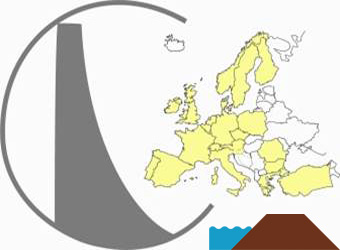
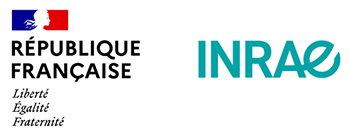
Recent Comments